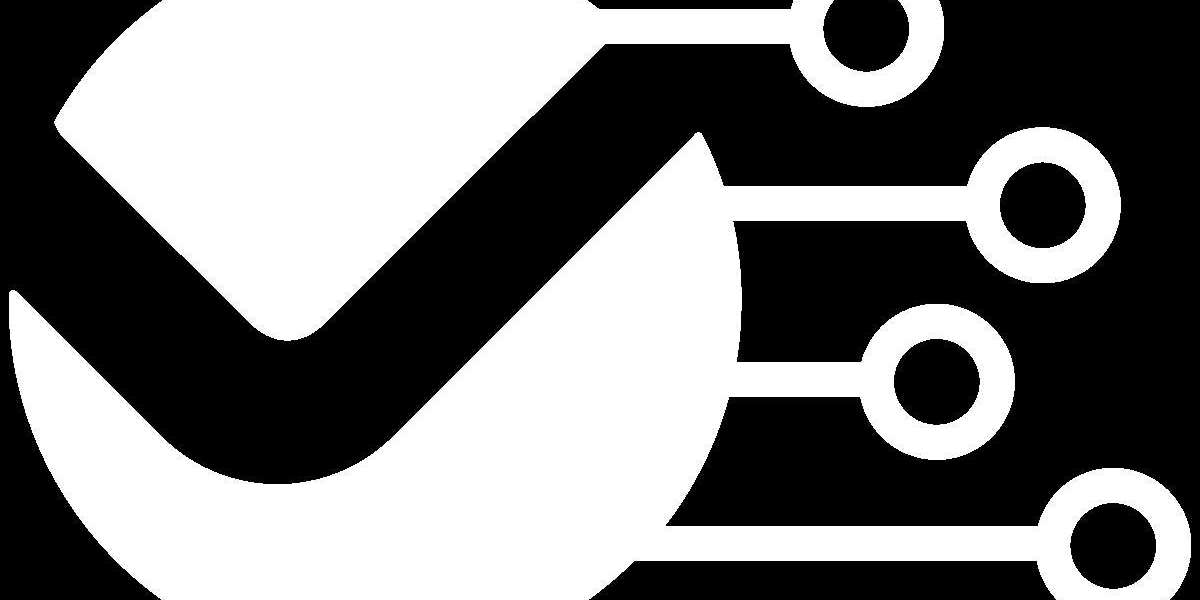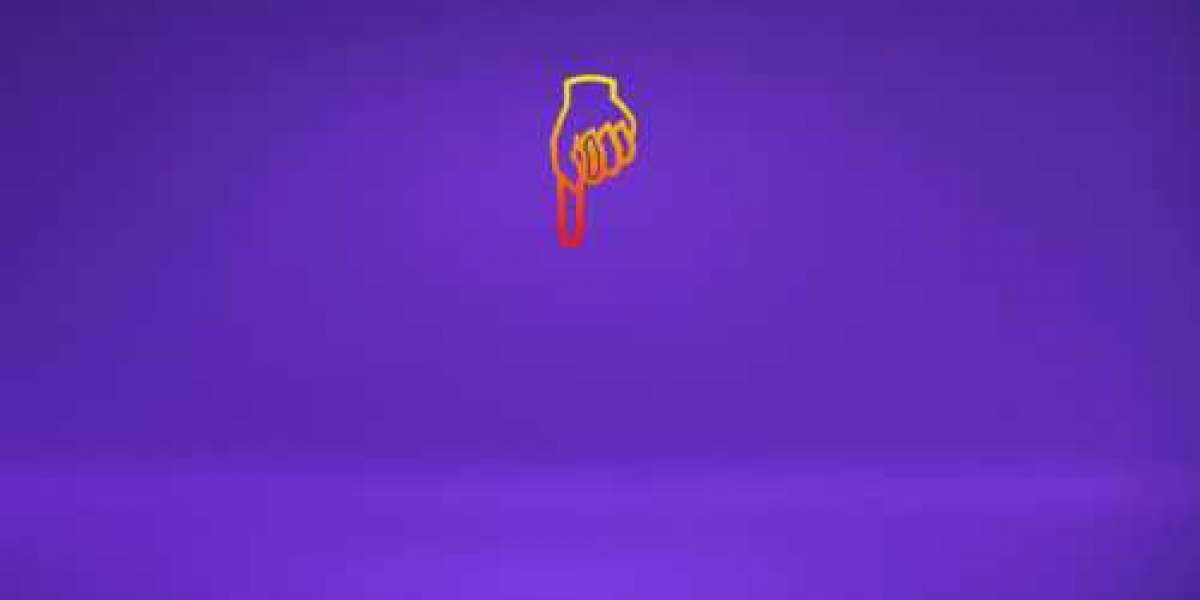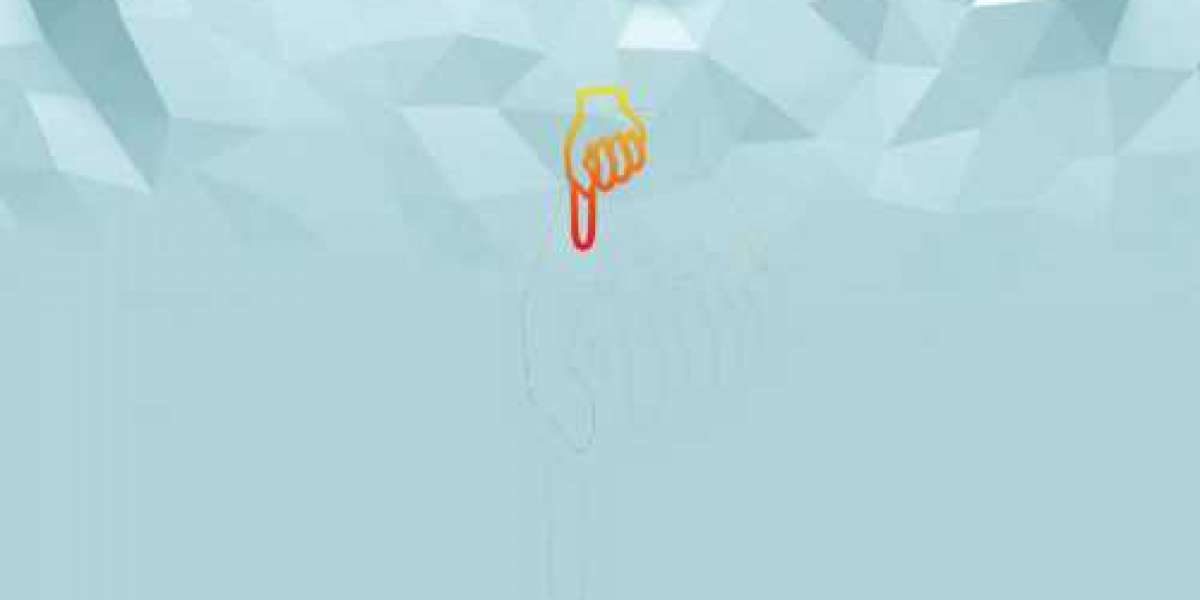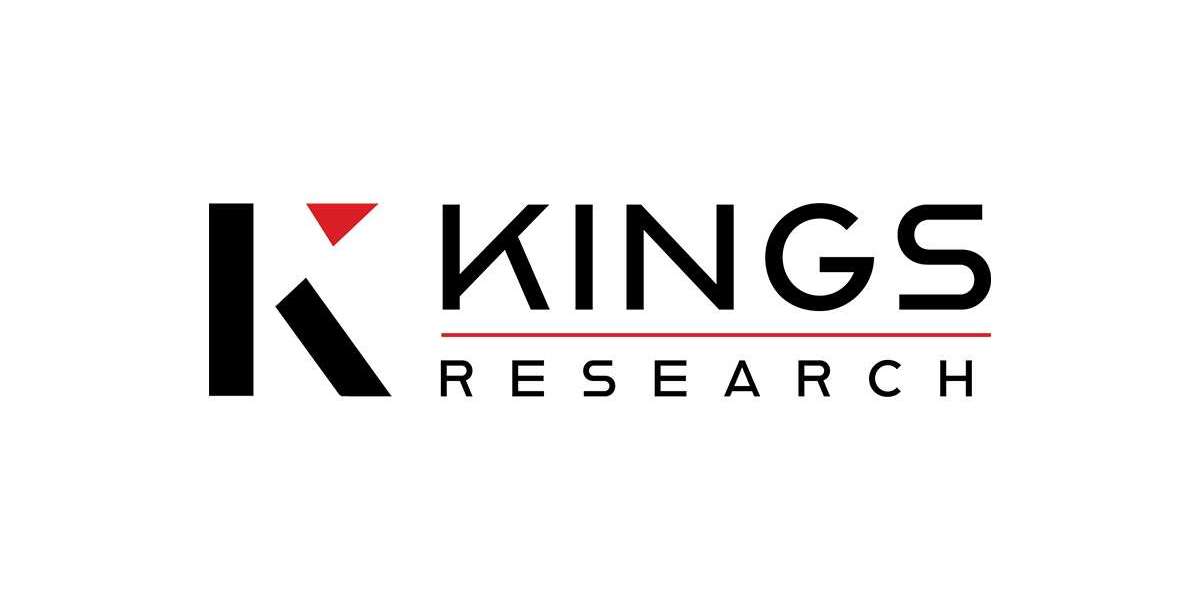In our increasingly digital world, the ability to efficiently and accurately convert images into text has become invaluable. This process, known as Optical Character Recognition (OCR), is transforming industries by enabling the digital extraction of text from scanned documents, photos, and other image files. Let's delve into what OCR technology is, explore its diverse applications, and understand why ZOOPSTACK Image OCR stands out as a superior solution.
What is OCR Technology?
Optical Character Recognition (OCR) is a technology that converts different types of documents, such as scanned paper documents, PDFs, or images captured by a digital camera, into editable and searchable data. By leveraging advanced algorithms, OCR software identifies the characters within an image, analyzes the structure of the text, and converts it into machine-readable text.
The process involves several steps:
Image Preprocessing: Enhancing the quality of the input image by adjusting brightness, contrast, and removing noise.
Text Recognition: Using pattern recognition and machine learning algorithms to identify and digitize characters.
Post-processing: Refining the text output to correct errors and ensure accuracy.
Applications of Image to Text Conversion
OCR technology has a myriad of applications across various industries, significantly enhancing productivity and data accessibility. Here are some notable applications:
Document Digitization: Organizations can digitize their paper documents, making them easily searchable and reducing physical storage needs.
Data Entry Automation: By automating data entry tasks, OCR reduces human error and speeds up processes in sectors like banking, healthcare, and logistics.
Accessibility Improvement: OCR makes printed text accessible to visually impaired individuals by converting it into readable text formats or even audio.
Archival and Preservation: Libraries and museums use OCR to digitize historical documents, preserving them for future generations and making them accessible for research.
Invoice and Receipt Processing: Businesses can automate the processing of invoices and receipts, streamlining accounting and financial operations.
Legal Industry: Law firms utilize OCR to convert legal documents into searchable text, facilitating faster retrieval and review.
Healthcare: OCR technology helps in digitizing patient records, making it easier to maintain, search, and share medical histories, prescriptions, and test results.
Education: Educational institutions use OCR to digitize textbooks, research papers, and examination papers, making them accessible for online learning platforms and research databases.
Real Estate: Real estate companies use OCR to manage and search through large volumes of property documents, contracts, and legal papers efficiently.
Insurance: OCR assists insurance companies in processing claims and policy documents quickly, improving customer service and operational efficiency.
Retail: Retailers use OCR to manage inventory by scanning product labels, receipts, and invoices, thus improving inventory tracking and supply chain management.
Why ZOOPSTACK Image OCR is Better
While many OCR solutions exist, ZOOPSTACK Image OCR distinguishes itself through a combination of advanced features and superior performance. Here’s why it’s considered a top choice:
High Accuracy: ZOOPSTACK uses cutting-edge machine learning algorithms and AI to achieve exceptionally high accuracy rates in text recognition, even with complex fonts and layouts.
Speed and Efficiency: The software is optimized for fast processing, allowing it to handle large volumes of documents swiftly without compromising accuracy.
User-Friendly Interface: ZOOPSTACK offers an intuitive and easy-to-navigate interface, making it accessible to users with varying levels of technical expertise.
Versatility: It supports a wide range of image formats and languages, making it a versatile tool for global applications.
Robust Security: Ensuring the confidentiality and integrity of data is paramount, and ZOOPSTACK incorporates advanced security protocols to protect sensitive information.
Conclusion
Optical Character Recognition technology is revolutionizing how we interact with textual information embedded in images. By transforming static images into editable and searchable text, OCR enhances efficiency, accessibility, and data management across various sectors. Among the myriad of OCR solutions, ZOOPSTACK Image OCR stands out for its accuracy, speed, user-friendly interface, and robust security features. As businesses and organizations continue to digitize and automate, the advantages of adopting a superior OCR solution like ZOOPSTACK become increasingly evident.








